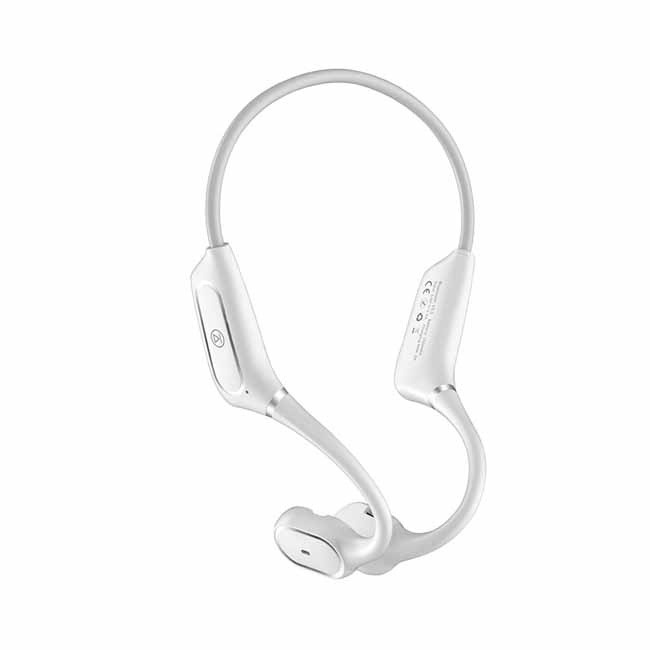What Are Bone Conduction Headphones Good for?
No matter your skill level, exercising or running with your favourite music or podcast is an ethereal experience—which calls for the right headphones. When selecting the perfect workout headphones, you must consider your budget, style preference (whether you like wireless earbuds or over-ear options), and priorities such as noise-cancelling and battery life.
Think about it. Bone conduction headphones absolutely make sense, though the concept sounds more complicated than the mechanism. Audiologists introduced bone conduction technology in hearing aids in the 1970s, and the advancement has been particularly vital for individuals with hearing impairments. At the start of the Bluetooth headphone era, headphone brands understood the opportunity to incorporate bone conduction technology into entertainment equipment. This leads us to today. The technology has proven useful in circumstances where noise-cancelling gear might inhibit the safety of the headphone wearer, and in instances where situational, background and spatial awareness are crucial (think: hiking, open road running or biking).
What Are Bone Conduction Headphones?
At its purest, the sound is vibration. Where traditional headphones direct sound into the ear canal, bone conduction headphones emit vibrations through the cheekbones and jaw, bypass the eardrum and direct these vibrations directly towards the inner ear, or cochlea. While conduction headphones are generally safe, experts advise us to keep a close eye on the volume—there is a tendency to crank it way up since bone conduction bluetooth headsets lack an ear seal and inherently allow a better perception of background noise.

How Do Bone-Conduction Headphones Work?
Bone-conduction headphones take advantage of the fact that sound is simply vibrations and direct those into the bones in your head. These headphones use plates that sit against the cheekbones to deliver sound vibrations through the jaw and skull bone directly into the cochlea. They leave the ear canal open, which allows outside sound to still get in.
Unlike traditional headphones, wireless bone conduction headphones allow the user to hear what's happening in their surroundings. This makes this style of headphones a great choice for outside activities where hearing oncoming cars or bikes can save lives. They're also a great option for underwater swimming or for people with in-ear hearing aids.
What Are Bone Conduction Headphones Good for?
Bone headphones are a notable choice for any activity where it's important to be aware of your surroundings. While traditional noise-cancelling headphones are an audiophile's dream, there are a number of instances where you can blame them for things going south: missing the first sounds of a big catch on the lake, or rustling leaves of warning during a hike.
No matter your sport or activity, on your hunt for the best bone conduction headphones of 2021, be sure to consider design elements, comfort, durability, waterproofing, sound quality, and last, but certainly not least, long-lasting battery life.
